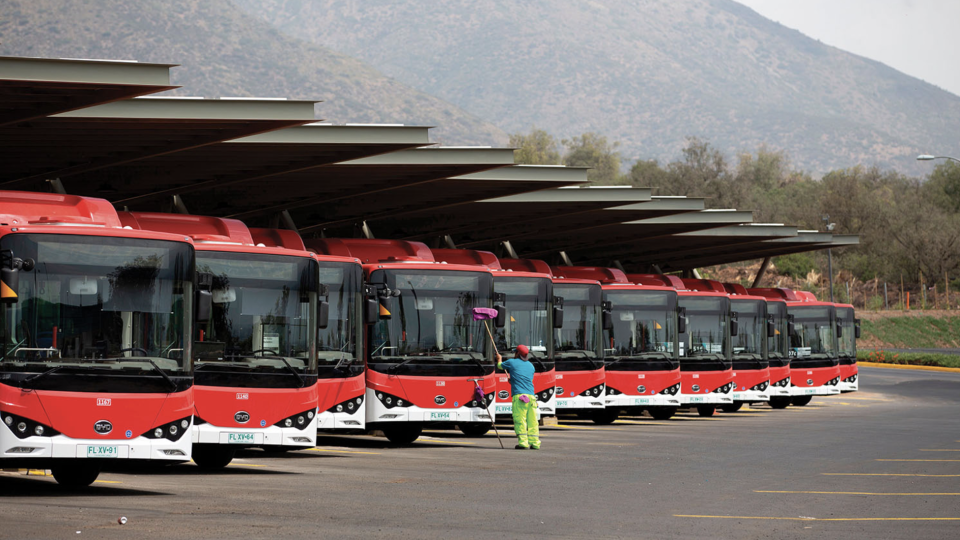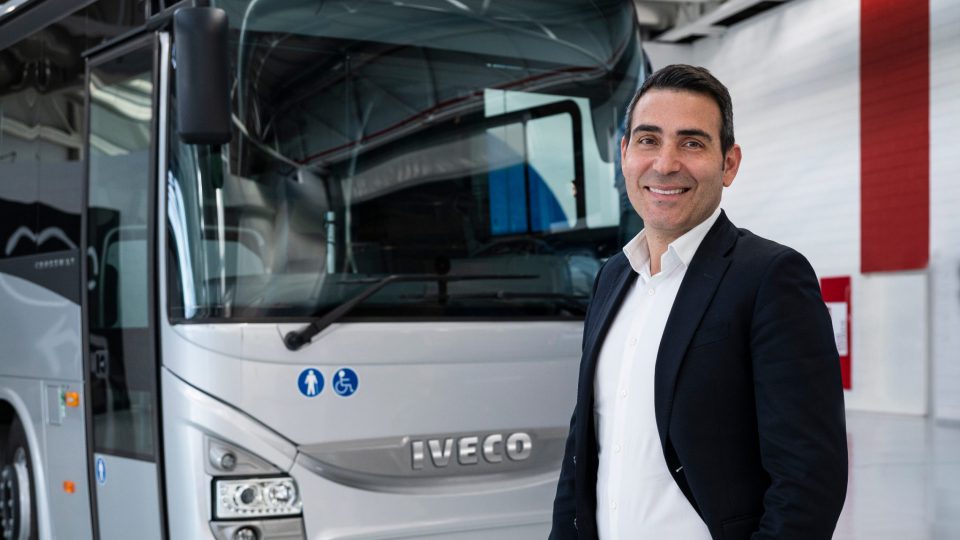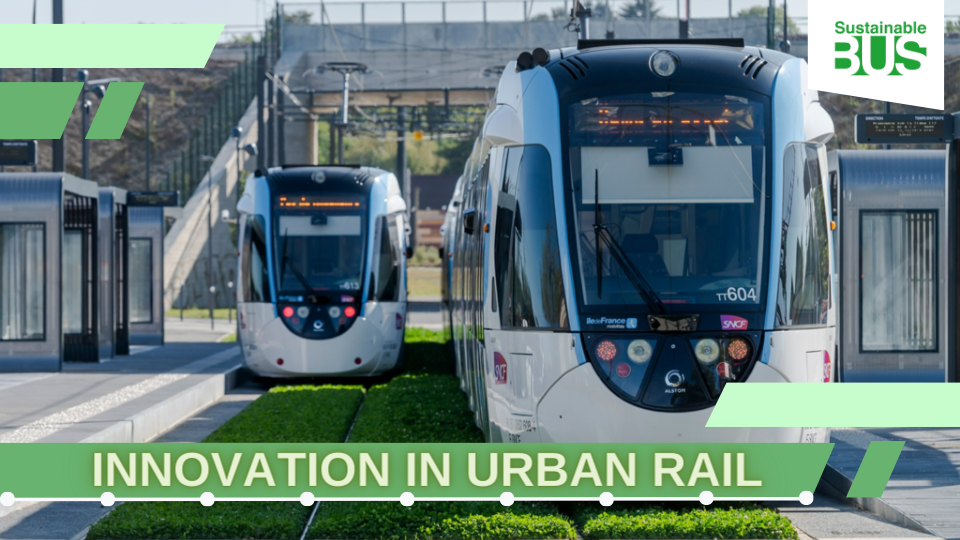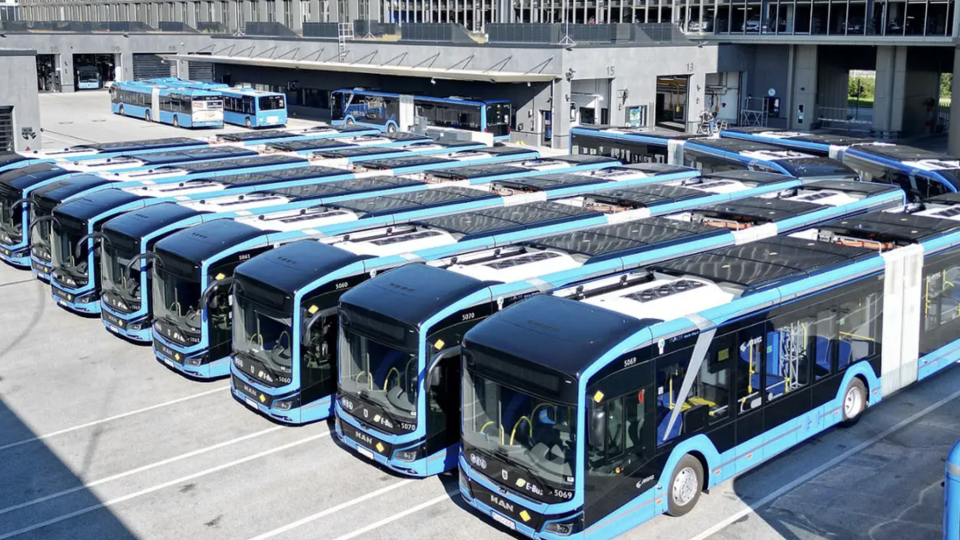What’s new in Mexico City trolleybus network? BRT is coming (and more)…
by Stefano Alfano Mexico City is undergoing a major transformation in its trolleybus network, through a massive fleet renewal (320 new trolleybus delivered in the last 4 years) and the upcoming launch of a new BRT line. With a fleet renewal plan and new BRT lines, the city aims to enhance public transportation and reduce […]

by Stefano Alfano
Mexico City is undergoing a major transformation in its trolleybus network, through a massive fleet renewal (320 new trolleybus delivered in the last 4 years) and the upcoming launch of a new BRT line. With a fleet renewal plan and new BRT lines, the city aims to enhance public transportation and reduce travel times.
Mexico City is one of the largest cities in the world, about 9,200,000 inhabitants, and has an extension of about 50 km. The transport service is impressive, the metro network alone has 12 lines, 200 km of network and 195 stations. There is also a fast tramway, two urban cableways and 10 trolleybus lines, some of which are of considerable length, even exceeding 30 km; in particular, line 1 stretches 36 km and line 4, which runs almost 45 km from east to west through the city.

Trolleybus network in Mexico City: 102 vehicles shortly on order
The trolleybus network, in particular, is now the object of special attention from the government of Mexico City. In 2019, a massive and radical renewal of the trolleybus fleet has been decided, planning the purchase of 522 new vehicles, some of them high-capacity, 18-metre long, and a development of the network with new BRT lines, with the aim of reducing travel times.
The government’s intention is to make the most out of the trolleybus mode, using the latest technology and expanding the network. From 2020 to 2023, the manufacturer Yutong has delivered 320 new trolleybuses (a large delivery for 130 units took place in mid 2020), another 100 were ordered on 19 December 2022, and further 102 vehicles will be ordered soon.
At the same time, modernisation of the newest trolleybuses, made of Volvo Mistubishi 9700 series built between 1997 and 1999, began in 2019.
The new trolleybuses have made it possible to regularise operations on all lines, and extensions of lines without infrastructure have already been planned, as in the case of line 5 an Felipe de Jesús-Metro Hidalgo’, which can be extended to the Glorieta del Ahuehuete on Avenida Paseo de la Reforma.

Mexico City and the ‘Trolebus Elevado’
Line 10 is the most recent development, and also the most unusual. It is in fact the ‘Trolebus Elevado‘, an elevated reserved line, which entered into pre-operation on 11 September 2022 and has been fully operational since 15 October of the same year. The terminuses are the Constitución 1917 (terminal of metro line 8) and Santa Marta stations, the municipality served is Iztapalapa, 9 are the intermediate stops in service.
The line is currently 8 km long, but a new section, also 8 km long, is already planned for completion within two years. There are currently 25 trolleybuses in operation, 8 of which are articulated and 17 are 2-axle. The dedicated running route makes it possible to complete the route in 20 minutes instead of the 60 minutes required by a line without a reserved lane, and allows certainly competitive frequencies, one run every 2-3 minutes.
Mexico City, a new BRT line in the spotlight
The positive results of “ trolebus elevado” led to the decision to build a new BRT trolleybus line in the reserved lane between the city of Chalco, population 180,000, bordering Mexico City, and Santa Marta. The line, 18.5 long, will have 15 stops, and will allow the journey time between Chalco and Mexico City to be reduced from 2 hours to 45 minutes; a fast service will also be planned, with only a few stops and a journey time of just 33 minutes.
There will also be important interchange possibilities with line 10 at Santa Marta district, a hub that also includes the cable car line 2 stop (Cablebus) and the metro line A. The line will first run on a dedicated viaduct, with three stations, from Santa Marta to Ele 10, then connect to the central lane of the Mexico – Puebla highway, with four stations, and finally run along the Avenida de Mexico – Cuautla to Chalco, where there will be a terminus station and a new depot.
The line is currently under construction and should open by the middle of this year. 120,000 passengers per day will be able to travel on the new route in the first few years of operation and, when fully operational, 230,000 passengers per day.
The large number of new trolleybuses and two new trolleybus lines are certainly an important milestone for the Mexican capital, which will be able to rely on a modern, zero-emission mode of transport in the future.






